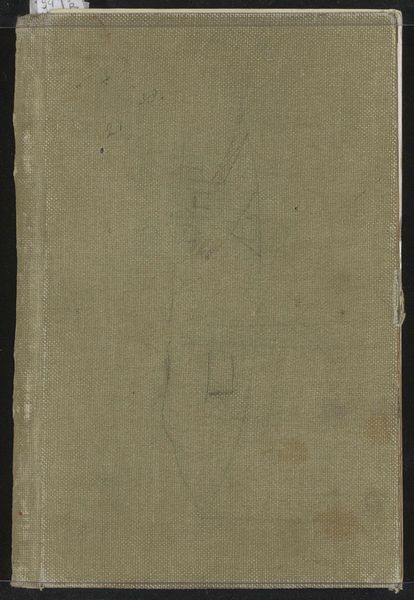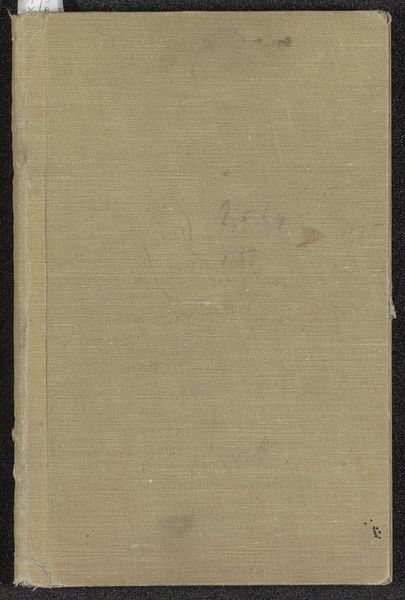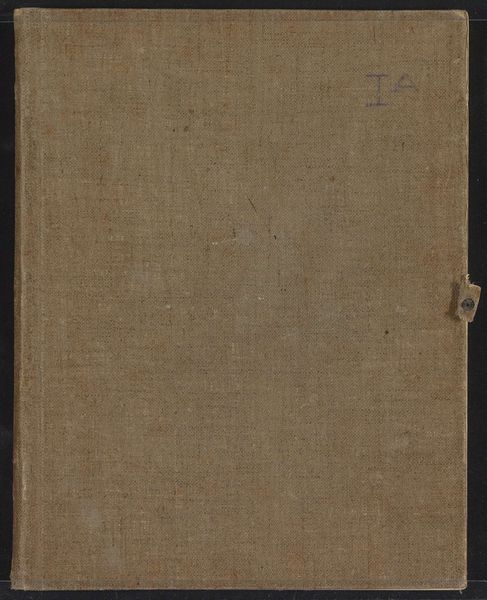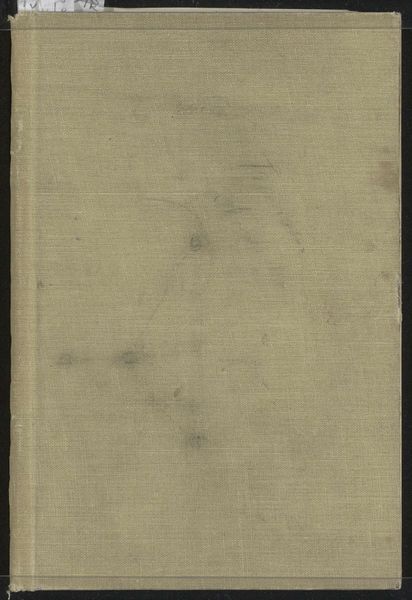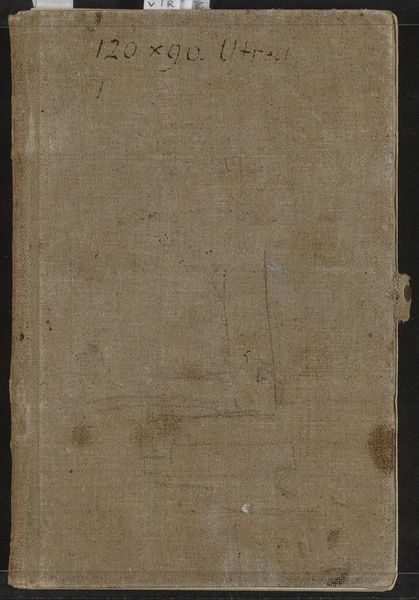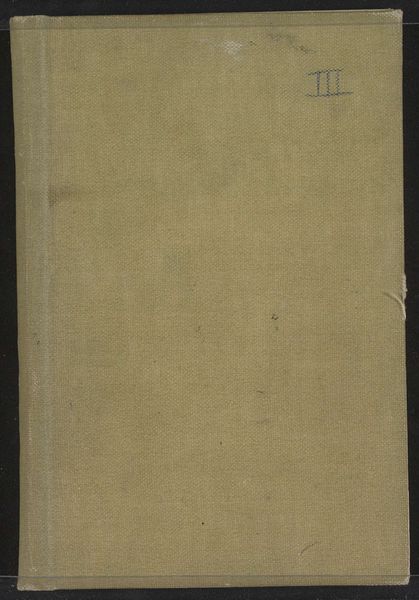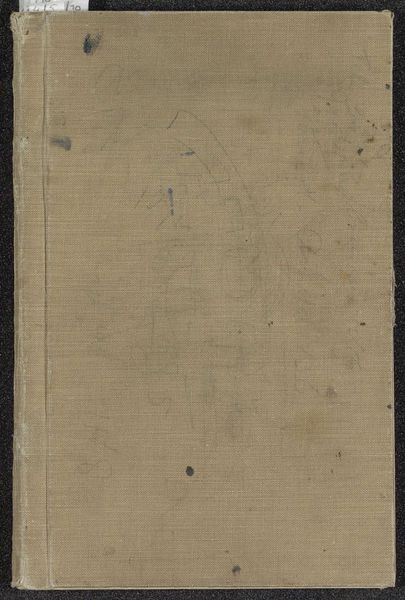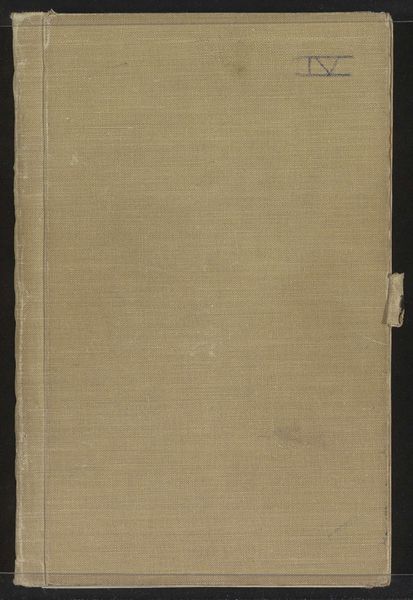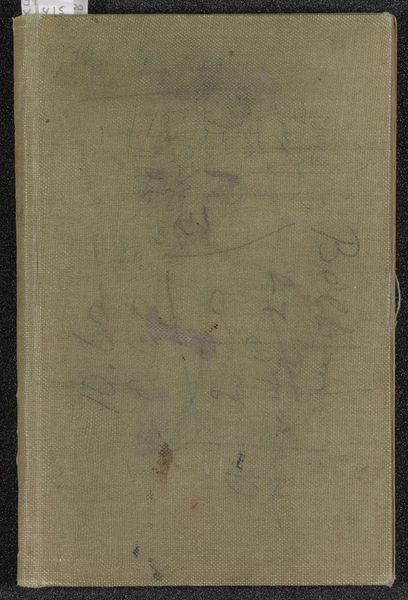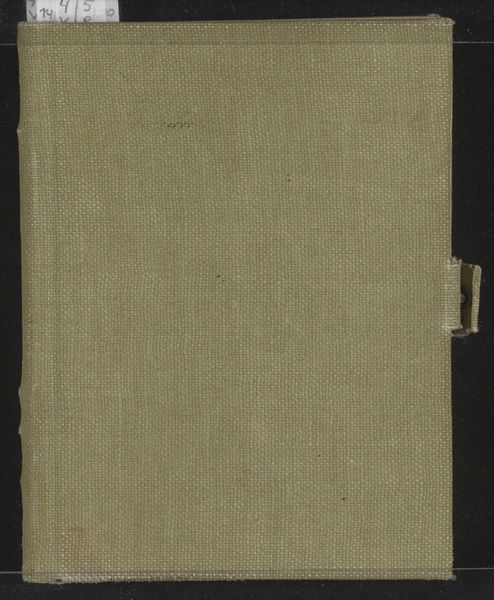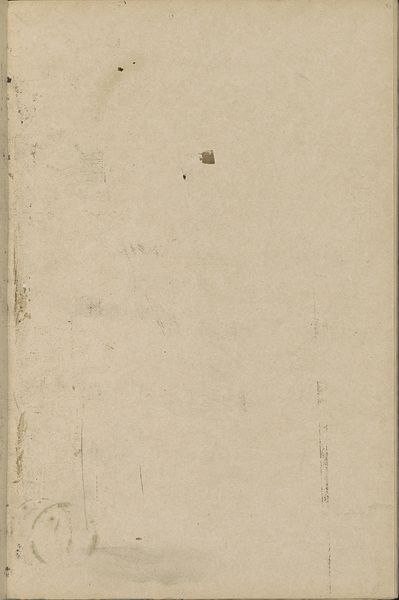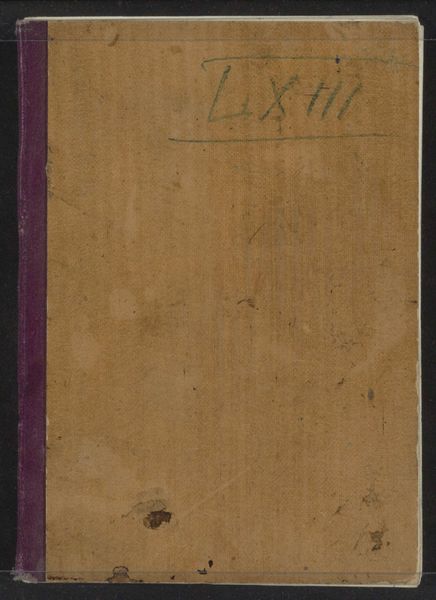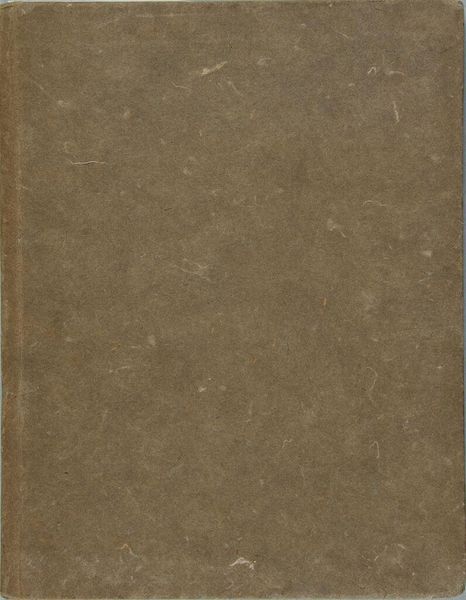
paper
#
paper
#
watercolor
Dimensions: height 140 mm, width 107 mm, thickness 14 mm, width 212 mm
Copyright: Rijks Museum: Open Domain
Curator: Here we have Cornelis Vreedenburgh's "Schetsboek met 71 bladen," dating from 1890 to 1946, housed here at the Rijksmuseum. Editor: Well, my immediate reaction is one of austerity, or even constraint. The monochromatic cover has an almost clinical feel, quite minimalist. What’s inside? Curator: It’s filled with watercolors and drawings on paper, glimpses into the artist’s creative process. Vreedenburgh, as an artist situated in the rapidly changing landscape of the late 19th and early 20th centuries, faced immense pressures. One must also consider the availability of paper and pigments and the very social implications of sketchbook practice itself. How does it allow for portability and, arguably, democratization? Editor: Ah, but consider the canvas itself. It’s far from a smooth plane; the texture implies layers. Are those subtle imperfections deliberate? How does that surface interplay with light and shadow to suggest dimensionality? I detect a certain intentionality even in the presumed accidents. Curator: Precisely! The act of creating those watercolors involved labor, production of materials, a whole system of workshops... The texture also emphasizes a clear departure from traditional methods of easel painting, allowing an artist to escape that rigid format. Editor: It’s fascinating how a seemingly plain cover can hold so much suggestive tension between spontaneity and confinement, simplicity and material depth. It acts as a filter between the internal vision of the artist and the eventual outward presentation of it to the public. Curator: Exactly, it underscores art as a continuous dialogue. The choice to bind these works in a singular container represents a strategic choice in consolidating sketches done for various purposes and stages of his artistic process. Editor: It invites us to reflect on how the physical form can profoundly impact our interpretation of even the most unassuming artworks. Curator: Indeed, it makes you question how artistic practice transformed amidst larger forces and the importance of reflecting on production.
Comments
No comments
Be the first to comment and join the conversation on the ultimate creative platform.
